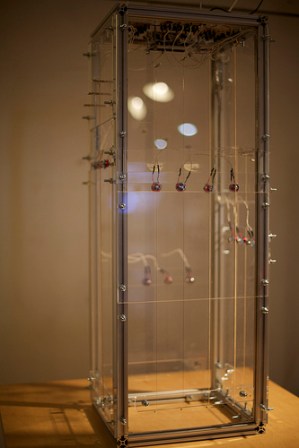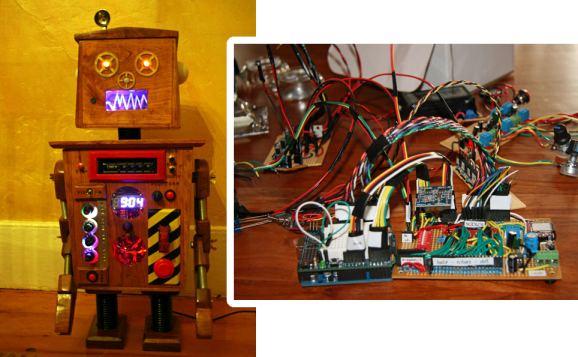[Eric Wasatonic] had a box of SWB2433 transistors that he had very little information about. In order to discover their properties, he fired up his curve tracer to compare these transistors with more common ones. He noticed the SWB2433 exhibited negative resistance while the similar curves of a 2n3904 didn’t. Then he reverse-biased the two transistors: the negative resistance region on the 2n3904 was less than that of the SWB2433, but it was there, and a 2n2222 had a bigger region. Using this knowledge, he developed a relaxation oscillator circuit which uses a negatively biased transistor.
Using one transistor, one resistor and one capacitor, he describes the circuit and how the components affect the frequency of the sawtooth wave the oscillator creates. [Eric] uses the oscillator to build a simple LED blinker and shows what happens when he changes the transistor and adjusts the voltage or resistance. He also shows the circuit as a tone generator and adjusts the tone by replacing the resistor with a potentiometer. And then, for fun, he modifies the circuit to show the oscillator as an AM transmitter. Check out his video after the break.















